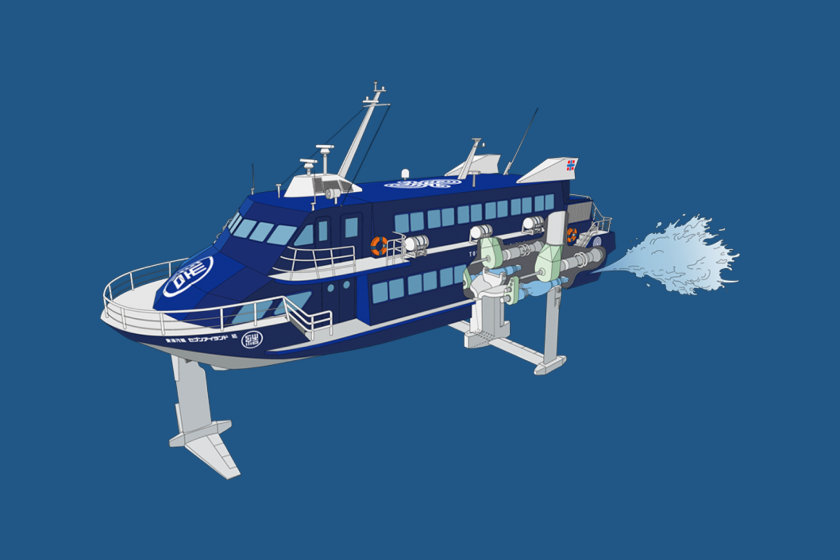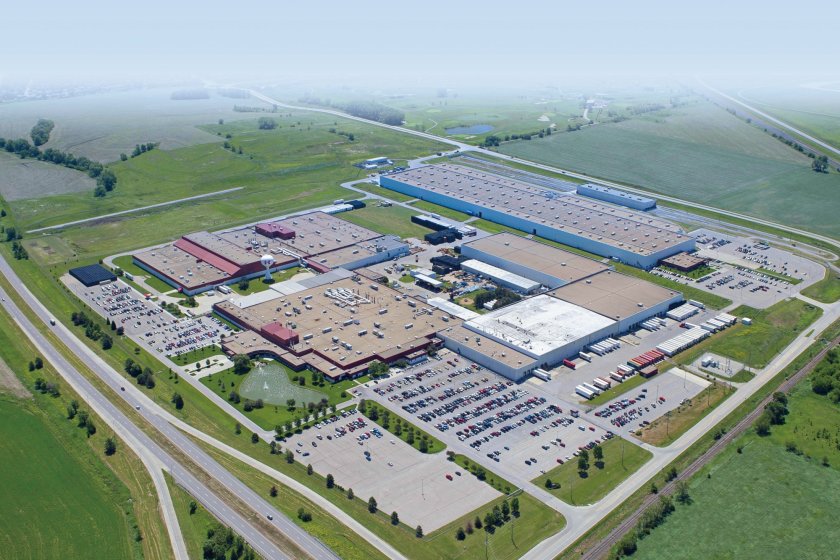MAG Turbo is Driving Forward Recovery Efforts in Sendai
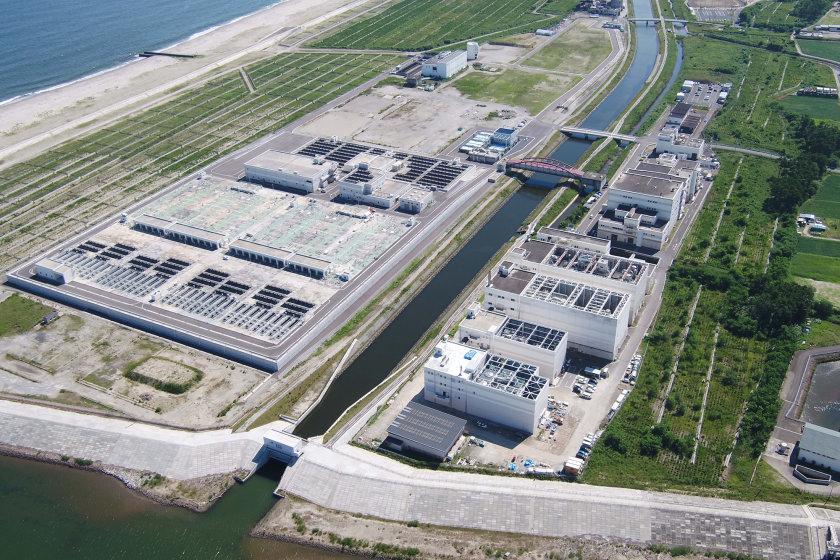
The Minami-Gamo Wastewater Treatment Plant (MGWTTP) is a large facility that provides municipal sewage treatment and wastewater services to 70% of Sendai City’s population. The plant was severely damaged by the Great East Japan Earthquake. Shortly after the disaster, MGWTTP staff undertook recovery activities with the conviction that Sendai had to be protected from sewage overflow and that wastewater should be cleaned before reaching the sea. Kawasaki Heavy Industries' MAG Turbo played an integral part in supporting these efforts.
Sendai is a city rich in greenery, nicknamed Mori No Miyako (City of Trees). It is also a city known for its advanced sewage system, having achieved the third earliest installation of a modernized sewage system in Japan (1899) after Tokyo and Osaka. Beginning operations in 1964, MGWTTP is located in Miyagino Ward of the city and is the largest such facility in the Tohoku region (northern Honshu), treating 400,000 m3 of wastewater a day.
Located near Sendai Port on the Pacific Ocean, the plant was hit on March 11, 2011, by a 10-meter-high tsunami caused by the Great East Japan Earthquake with water covering the land area to a depth of more than four meters. The situation was so devastating that the only good news was the survival of all staff and workers, who fled to the roof of the administration building, which is further from the coast.
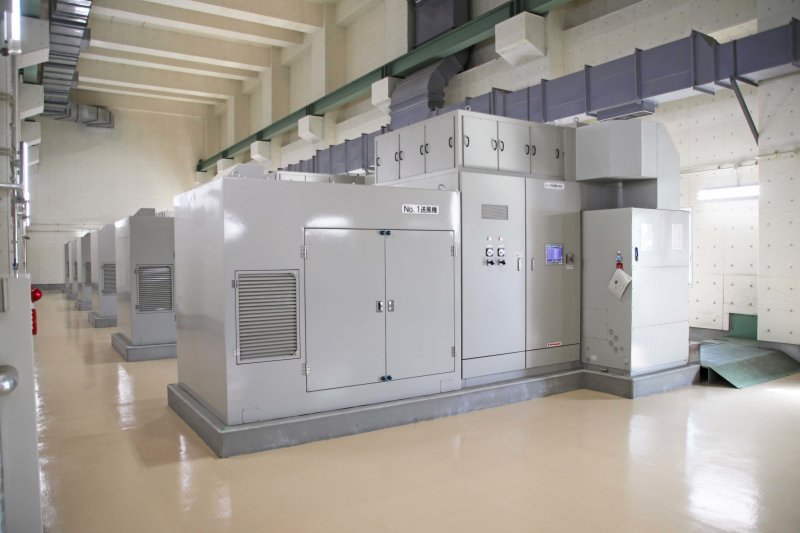
The day after the earthquake, they were rescued by helicopters dispatched by the Japanese Self-Defense Force. However, they had no time to relax because they had an urgent mission to fulfill—ensuring that the water-releasing functions were working, removing debris, restoring electricity, and treating the wastewater.
Recalling the recovery effort, Shinya Igarashi, in charge of maintenance, says, “Our plant is a mission-critical facility, providing services to about 70% of Sendai’s 1.08 million residents. Because most of the sewage flows down naturally from the city center, which is 30 meters higher in altitude than the plant’s location, we knew we had to continue the sewage treatment to avoid an overflow.”
In preparing for temporary recovery measures, obtaining blowers was one of the highest priorities since all 11 existing blowers had failed. Kawasaki Heavy Industries had been providing blowers to the plant, so the Company repaired two of the 11 units that were comparatively less damaged and quickly supplied the plant with a prototype of the MAG Turbo M35. Thanks to these temporary measures, the plant began to recover.
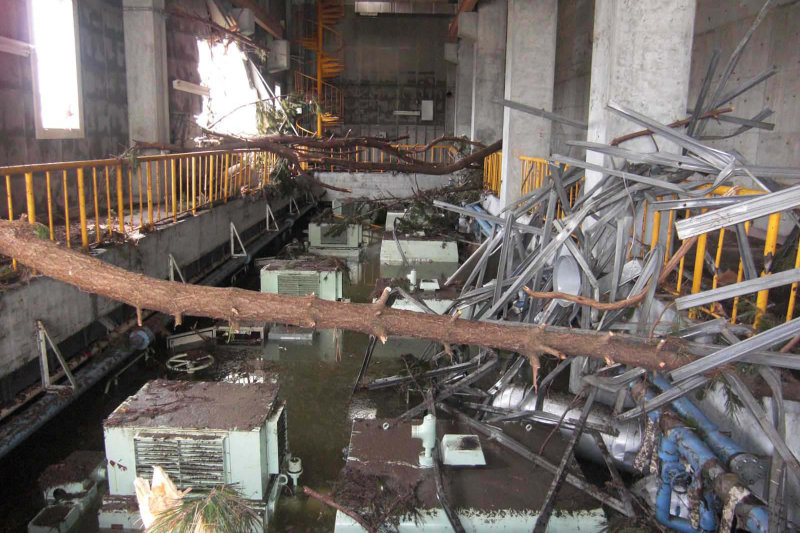
Concurrent actions were taken to achieve complete recovery, and by April 2016, the plant resumed full operation with six units of the MAG Turbo M25 supporting its sophisticated wastewater treatment. As Igarashi says, the plant's primary mission is to return cleaned water to the Pacific Ocean, and the MAG Turbo at MGWTTP continues to play a significant role. In addition to being energy efficient, space saving, and quiet, owing to its magnetic bearings, Igarashi cites stable operations with few problems backed by 24/7 monitoring as among the blower’s valuable benefits.
Asked what he expects of the future, Igarashi replied, “Our declining population will compel us to achieve sewage treatment with even higher efficiency and reduced costs. In addition, reducing energy use will be a must in order to meet environmental standards. For blowers, it will be especially important to achieve reductions in operating time, quantity, and output, so I hope to see Al-based optimization and other innovations from future blowers.”
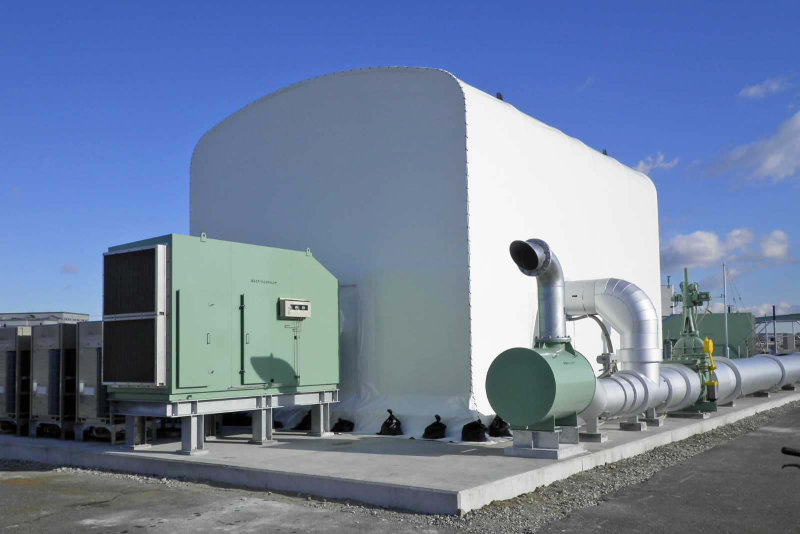
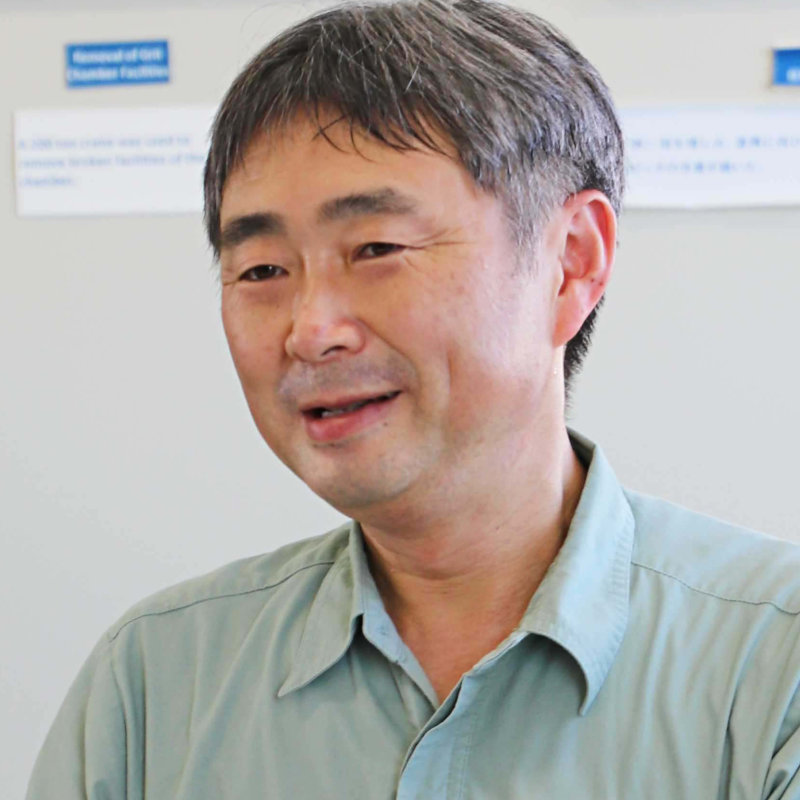
Minami-Gamo Wastewater Treatment Plant Servicing Section
Sewage Operation Department
Construction Bureau, Sendai City



